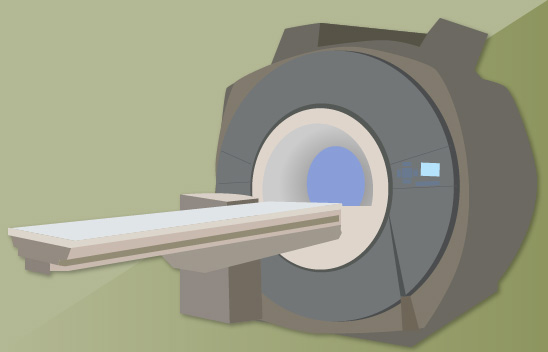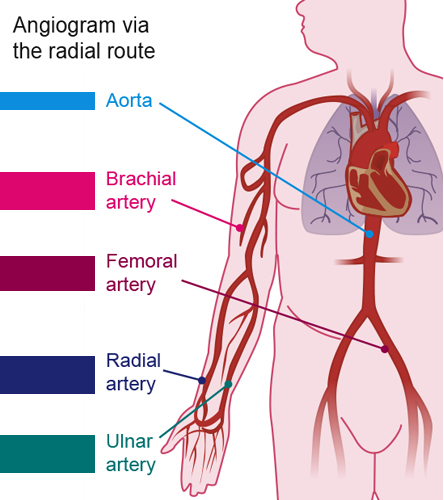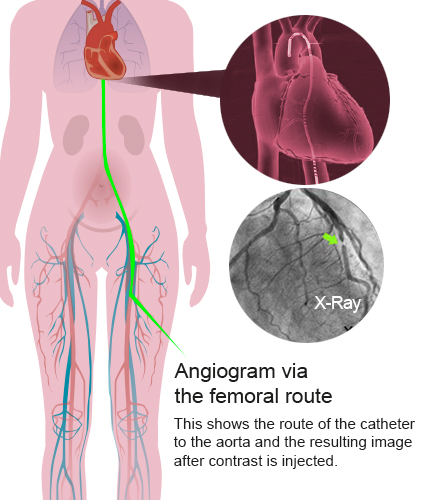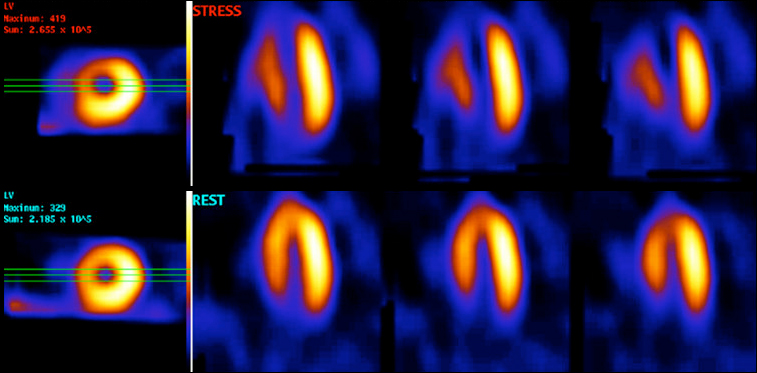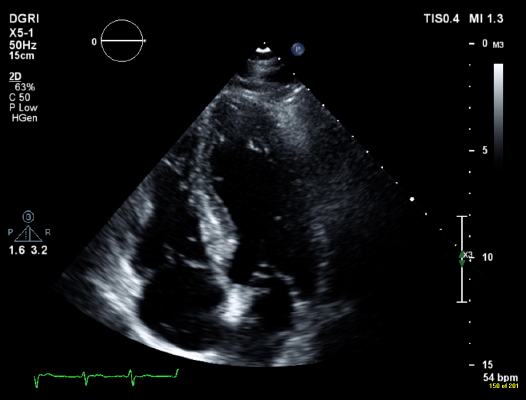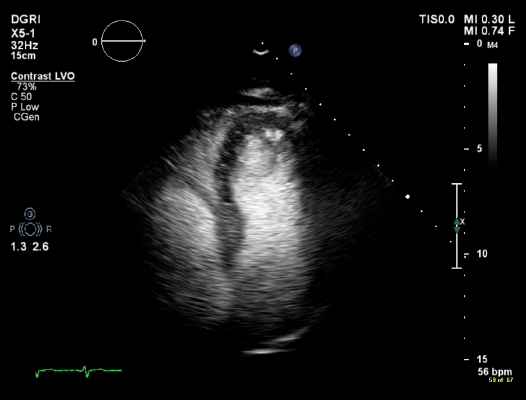Tilt testing is used to investigate episodes of unexplained syncope when a cardiac arrhythmia is unlikely. Syncope comes from the Greek ‘to interrupt’ and is a common medical problem.
Syncope occurs when there is transient global cerebral hypoperfusion ( not enough blood flow to the brain). This can be either due to low blood pressure or a heart problem.
When a patient presents with syncope the evaluation should include:
- History – including eye witness accounts
- Examination of the heart
- 12 lead resting ECG
- Lying and standing BP
There are 4 main types of syncope:
- Neurally mediated is the most common cause and refers to a fainting reflex (vasovagal) which is triggered in some people by certain situations e.g. sight of blood.
- Orthostatic (postural) hypotension (OH). In older people low blood pressure and orthostatic hypotension is much more common than neurally mediated syncope. In OH the blood pressure falls immediately on standing due to impaired autonomic reflexes. It is common in older people and can be exacerbated by drugs or other diseases e.g diabetes. There is another common pattern in older people called ‘elderly dysautonomic pattern’ where there is a slow fall in BP after standing which goes undetected on normal lying and standing BPs.
- Cardiac arrythmias account for around 20% of syncope.
- Structural causes for example aortic stenosis or hypertrophic obstructive cardiomyopathy (HOCM).
Tilt testing aims to reproduce what happens when a patient has neurally mediated or OH syncope at home.
How a Tilt Table Test is performed
Please enable JavaScript in your browser to see this interactive content.
The test is performed as an out patient in a hospital clinic and it is usually supervised by two people, a cardiac physiologist/doctor/specialist nurse trained in life support and an assistant. Resuscitation equipment is immediately available and a doctor nearby should any problems arise, although the test itself is extremely safe.
Rarely patients may develop arrhythmias. For example young people with neurally mediated syncope( especially with situational syncope) may get transient asystole, but this is what would be happening to them at home when they faint.
The patient may be asked to fast before test, to empty their bladder, undress to the waist (the patient will be given a gown to wear) and remove any support stockings before the test.
Ideally the test should be done in a quiet room with dimmed lighting. The patient then lies flat on a special table that can be tilted at various degrees to an upright position. The patient has their feet against a foot board and is strapped on to prevent them slipping off.
The test lasts for approximately 40mins. Patients are continuously monitored with 12lead ECG, continuous non invasive beat to beat blood pressure monitoring and intermittent blood pressure using Dynamap or similar.
Blood pressure and heart rate are recorded every 2 minutes. The patient is tilted to 60-70degrees for 20mins, if no change in HR or BP, tilted for another 20mins (Dependant on local protocol GTN spray may be given to stimulate a reaction). If the test end points have not been reached then the test is concluded.
See “Additional Information” for a patient video.
Termination of test
The test will be stopped and the patient laid flat immediately if:
- Systolic blood pressure falls below 80mmHg or is falling rapidly
- Heart rate falls below 50/min, or is falling rapidly
- Heart rate rises above 170/min
- Acute arrhythmia occurs
- Hyperventilation occurs
- The patient is distressed or uncomfortable
- The end of protocol has been reached
Response to tilt testing
A positive tilt test is when the patient’s syncopal or pre-syncopal symptoms are reproduced and accompanied by :
- Bradycardia
- Hypotension or
- Both
There are several different positive responses to a tilt test:
- Vasodepressor – BP falls but the heart rate does not.
- Cardio-inhibitary A ( without asystole) –HR falls to less than 40/min for more than 10seconds but asystole is less than 3 seconds.
- Cardio-inhibitary B ( with asystole) – there is asystole for more than 3 seconds.
- Mixed – a mixture of vasodepressor and cardio-inhibitary response A.
- Excessive HR rise – if the heart rate rises at onset of upright position to > 130/min and throughout test before syncope occurs, this is known as POTS- postural orthostatic tachycardia syndrome.
- Chronotropic incompetence – there is no HR rise during the test i.e < 10% from baseline.
